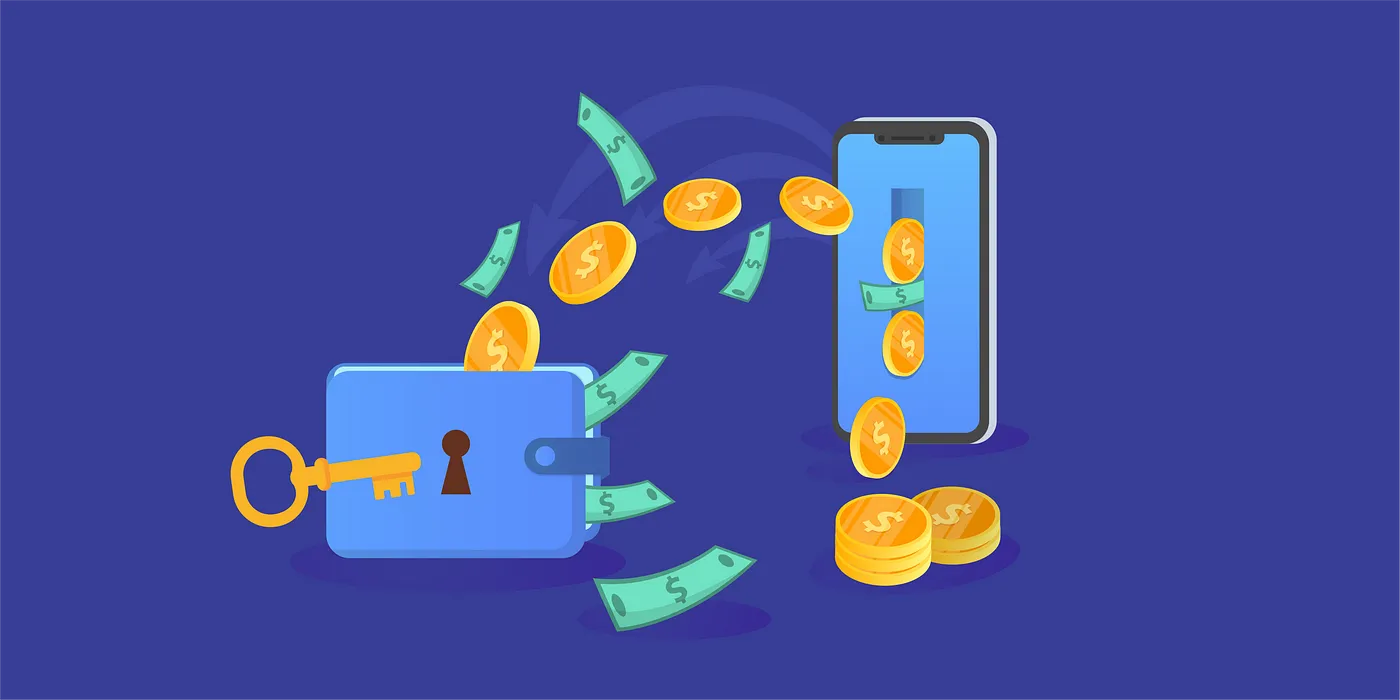 Designed by Freepik
Designed by Freepik
What is the Hybrid Custody Model?
The Hybrid Custody Model aims to resolve inconvenient onboarding experiences in Web3.0. You must remember how hard when you first register a crypto wallet: keying in Seed Phrases, receiving auth codes via email or phone, and non-stop approving process when first kicking off a DApp. All of these are pushing the new user away.
The Model is proposed by @dete73, CTO of Dapper Labs and author of ERC-721. Some parts of this article would use the same descriptions to convey the original idea.
Fortunately, the Hybrid Custody Model provides both a simple wallet registration experience as Google SSO and wallet ownership for users. It combines two common models of blockchain key management:
- User Custody (or Self Custody) The user keeps their private keys on their device, such as a hard drive, laptop, or phone. Since the private key can sign transactions via wallets, user custody would be regarded as a more secure way to control their wallets’ digital assets.
- Application Custody The DApp holds the user’s private keys to sign transactions to streamline on-chain interactions. Therefore, the application doesn’t need to bother the user for permission via the wallet.
Doubts may come up in your mind like:
- Who exactly own the wallet account?
- How to claim account ownership if the DApp owns that account?
“Account Delegation (Account Linking)” is the key to bridging the two. One blockchain account (the “child account”) can delegate the control to another account (the “parent account”). In other words, users can first start with Application Custody. When they’re familiar enough with the Web3 ecosystem to create a self-custody wallet, they can transfer their assets from the app-managed account into their private wallet.
We call this experience “Walletless Onboarding.” A typical user journey would be like:

Walletless Onboarding empowers DApp to easily onboard mainstream users from Web2 to Web3. Can’t wait to experience the innovative feature on Flow blockchain? Let’s learn the details in the Flow official GitHub.🤩